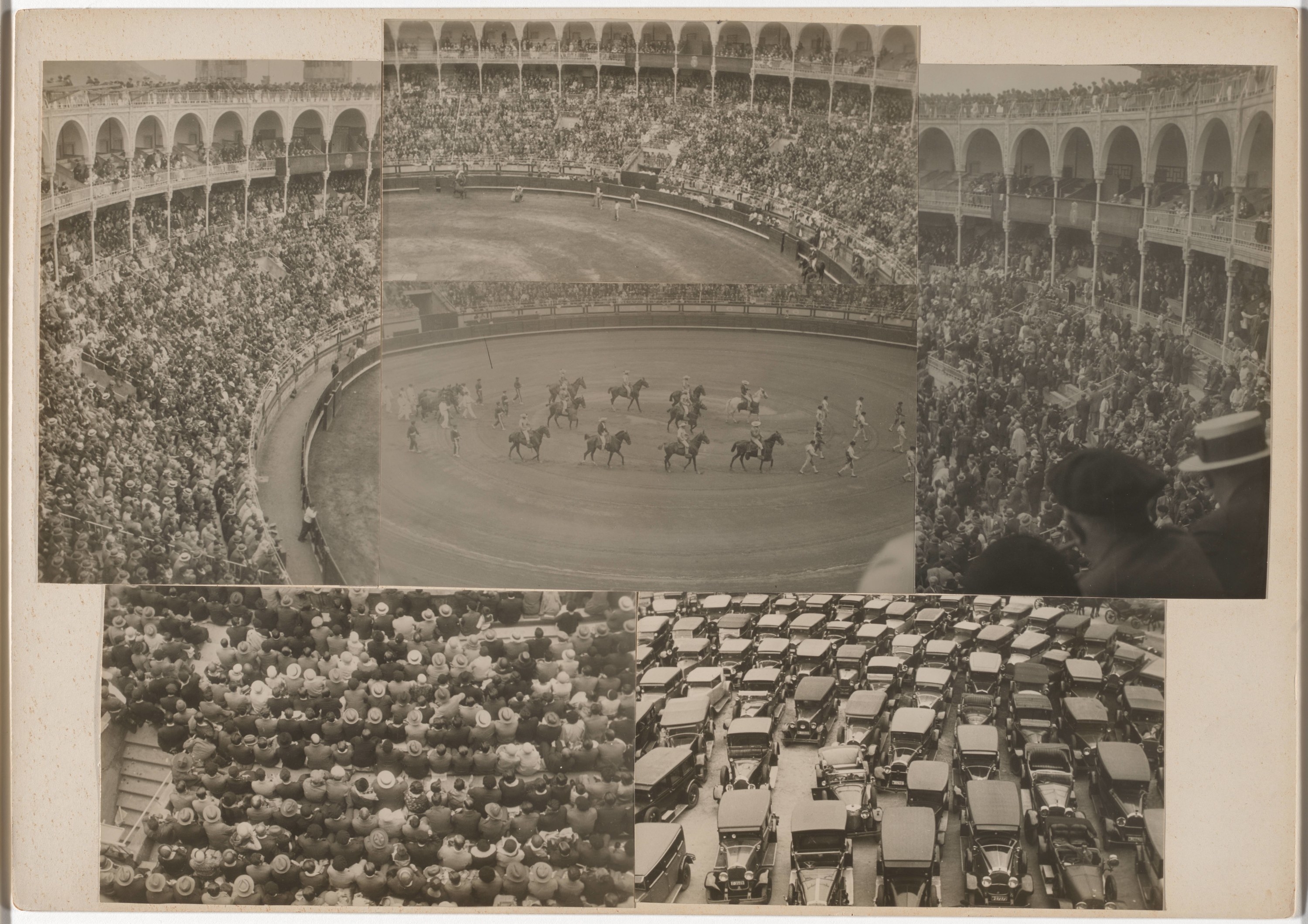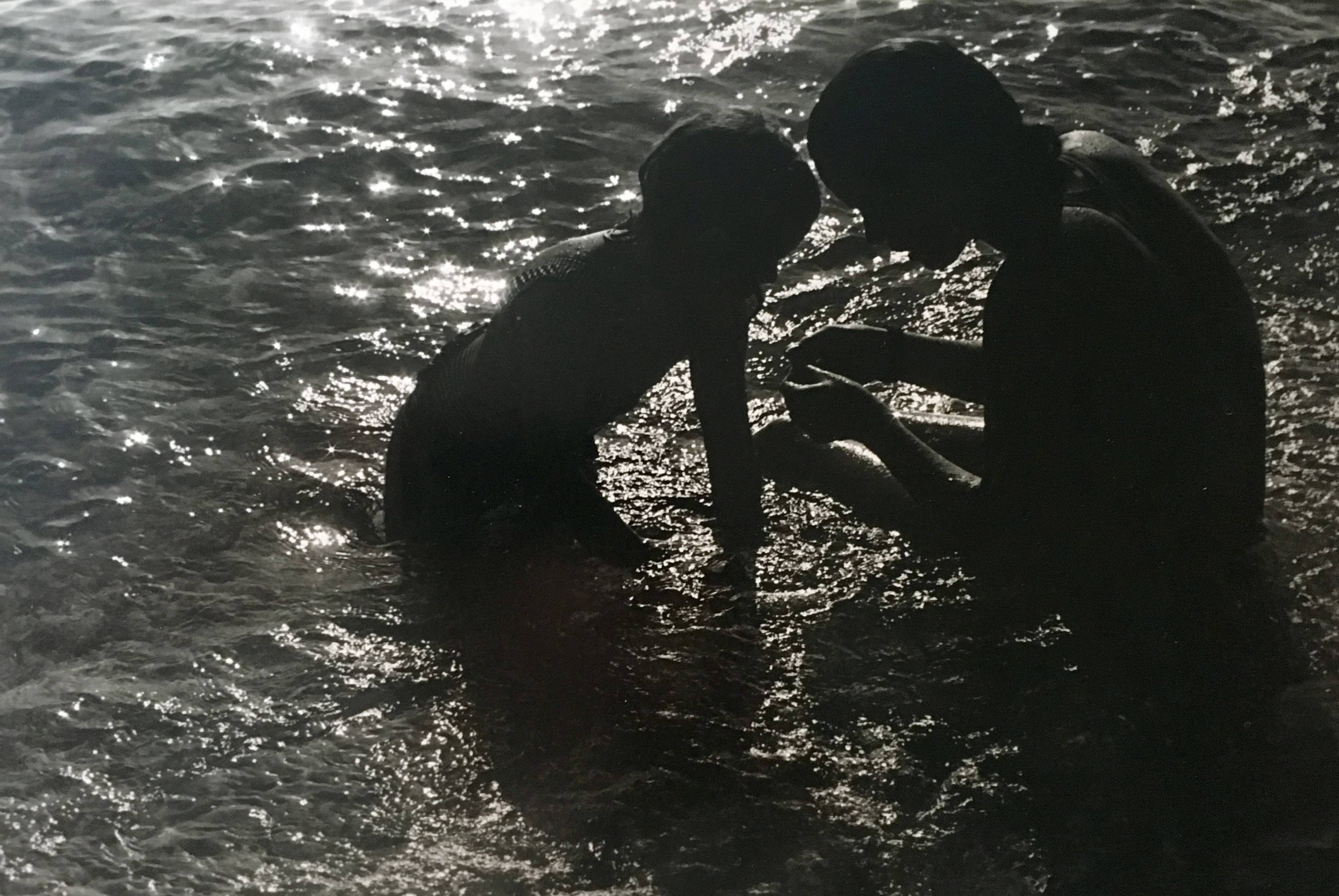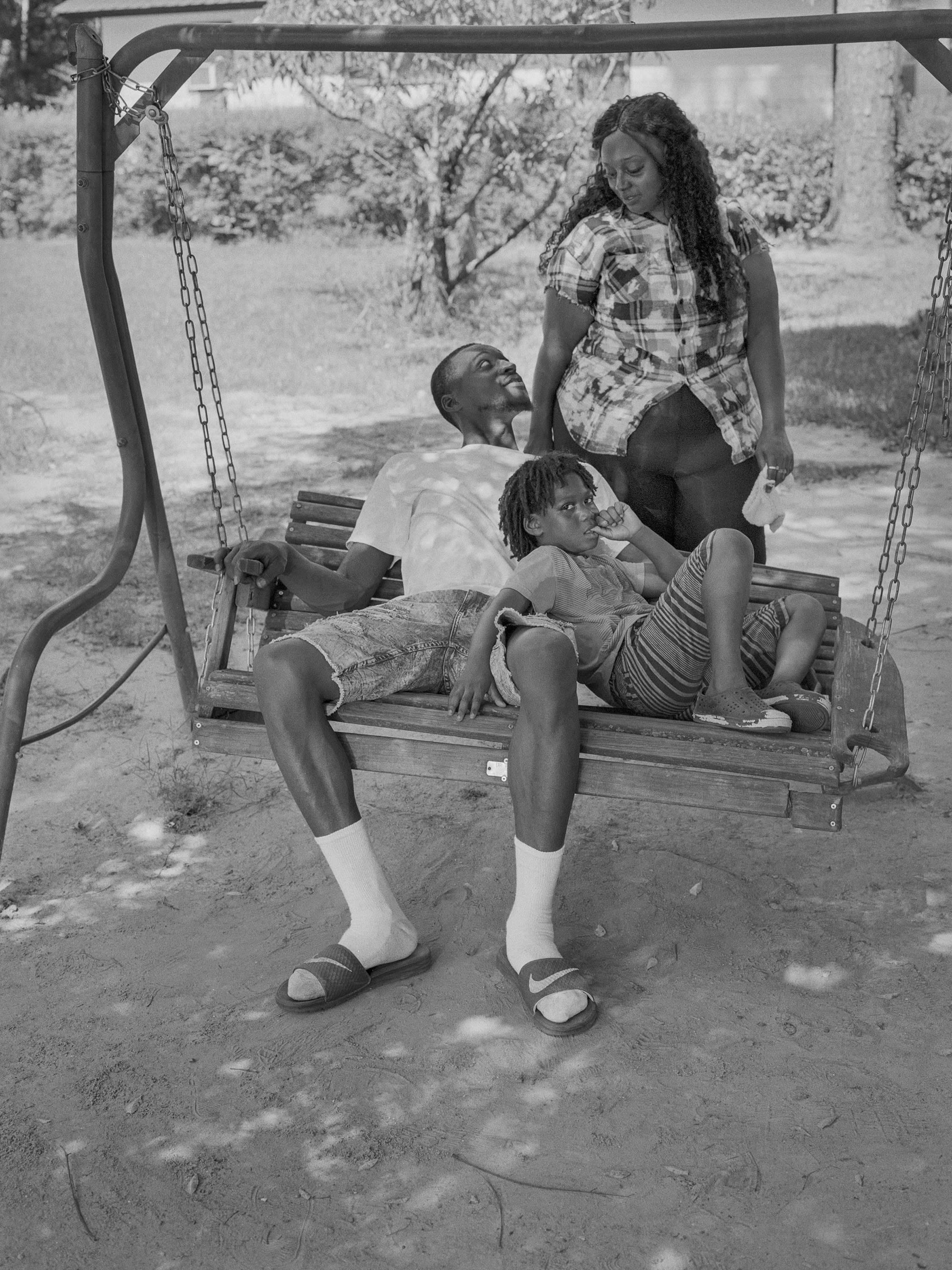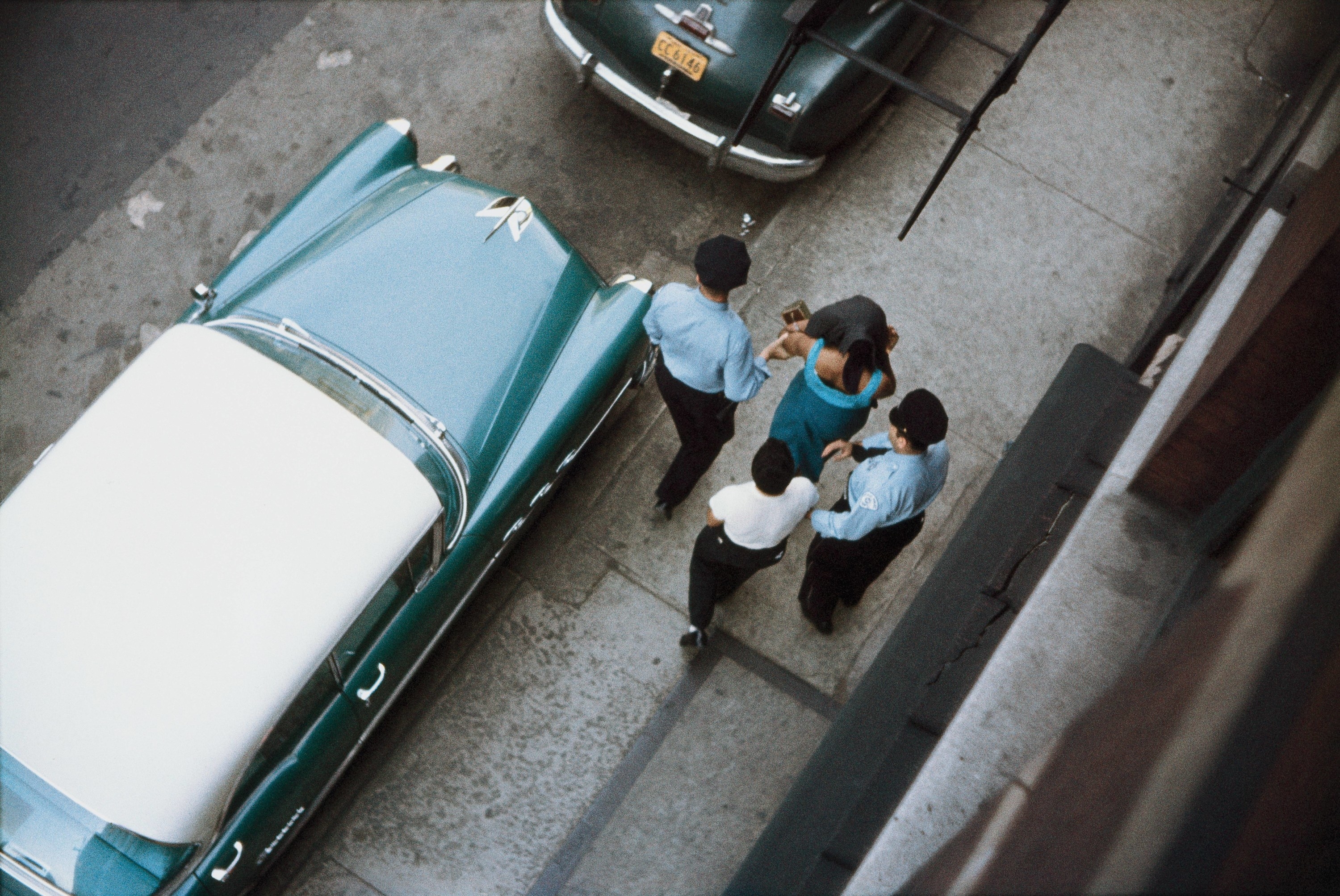Sarah Meister has been a curator in the Museum of Modern Art’s photography department since 2009, overseeing such shows as Dorothea Lange: Words & Pictures and Bill Brandt: Shadow and Light. For many people interested in photography, even those who are too far away to visit her exhibitions in New York, Meister is a familiar face. Her popular online course “Seeing Through Photographs” has lit a spark for countless students. She is generous with her knowledge and time, and she always leaves you inspired to dig further, whether it’s looking at books or experimenting with your own work. In May of this year, she will become the executive director of Aperture, where she will serve as the main creative force behind the renowned international photo magazine and book imprint. Not bad for someone who said, “It wasn’t until I was in college that I realized I had no talent as a photographer, and I’d be better off studying photography as a discipline within art history.”
We asked her about 12 photographs that have influenced her career as a curator, and did she ever deliver.
1. Danny Lyon, “Washington,” August 28, 1963

“Many moons ago, I wrote my undergraduate thesis on Danny Lyon, and I suspect that experience had a lot to do with how I managed to persuade MoMA to hire me right out of college. Lyon made this photograph shortly after joining the Student Nonviolent Coordinating Committee as its first staff photographer, and it circulated widely as a poster with the word ‘NOW’ superimposed in the top right corner — alas, a message as urgent today as it was then. One of Lyon’s photographs (from his series on the Texas prison system in the late 1960s) is currently on view within Gallery 409 in the collection Gordon Parks and ‘The Atmosphere of Crime.’”
2. Rudy Burckhardt, “Untitled, from an Afternoon in Astoria,” 1940

“This is a page from a unique album of Burckhardt’s photographs in the Museum Collection, which became the cover image of my first book at MoMA in 2002, accompanying an installation at MoMA QNS, when the Museum had temporarily relocated to Queens. My admiration and affection continue unabated. Upon his arrival in the United States in 1935, Burckhardt apparently felt so overwhelmed by the frenetic pace of Manhattan; his photographs might best be described as shy downward glances. By 1940, he mustered the confidence to squarely address Astoria, which was then sparsely populated, and in many ways this project did the same for me.”
3. Sabine Hornig, “Window III,” 2001
“Projects 78: Sabine Hornig opened at MoMA QNS in July 2003, less than three weeks after the birth of our first child, so I can’t help but feel emotionally attached to her subtle critique of the architecture of consumerism. I’m not traveling these days — but when I begin again, I look forward to seeing Hornig’s monumental installation for the Public Art Fund at LaGuardia Airport, which was unveiled just weeks before the whole world seemed to shut down last March.”
4. Bill Brandt, “London,” 1953

“Although by 2013 I had organized a handful of exhibitions and collection installations and worked on a number of books, Bill Brandt: Shadow and Light was really the first exhibition where I felt I was adding to the conversation in a meaningful way. Roberta Smith’s review appeared on the front page of the Arts section of the New York Times. And as if that wasn’t enough, she wrote that the exhibition had been ‘organized with sharp acumen’ by yours truly. I think I floated on air for a week.”
5. Robert H. McNeill, “Make a Wish,” 1937
“One of the things I’ll miss most is the pursuit of acquisitions that can shift the stories we can tell about the history of art. It’s a combination of detective work and diplomacy, rewarded by the thought of what future generations will do with these images. On a tip from a dear MoMA colleague, I reached out to Robert McNeill’s daughter in 2013, and we spent an unforgettable day in the hallway of a self-storage space outside of Washington, DC, listening and looking and learning and (ultimately) selecting 23 prints that suggested the depth and breadth of his achievement. I’m absolutely delighted by the frequency with which these have been displayed or published since then. Two are currently on view in Gallery 510, in the collection A Modern Media World.”
6. Josef Albers, “Untitled (Bullfight, San Sebastian),” 1929/1932

“Another beloved acquisition is a suite of 10 unique photo collages by the ceaselessly inventive Josef Albers, which he likely assembled just before the Bauhaus (where he was teaching at the time) was forced to leave its Dessau campus. MoMA published a book of this work in 2016 (with this image on the cover), and I organized a small accompanying exhibition. I’m in awe of Albers’ creativity within boundaries that would (for most) squash all possibilities of original expression, whether in his better-known series of paintings and prints known as Homage to the Square or these marvelous photo collages that were never published in his lifetime.”
7. Sarah Hermanson, “Merril and Leslie,” c. 1989

“It wasn’t until I was in college that I realized I had no talent as a photographer, and I’d be better off studying photography as a discipline within art history. In 2016, I had the opportunity to host a Quora session (Viewed by 1.4 million people! How is that possible?) in which, following a question about amateur practices, I shared this photograph I had made in high school of my two younger sisters. I was very flattered when one person who participated in the session later called the museum to see if I’d be willing to sell it! (I wasn’t…)”
8. Dorothea Lange, “A Destitute Mother: The Type Aided by the WPA,” 1936
“Dorothea Lange’s most famous photograph, ‘Migrant Mother,’ only became known as such in December 1952, when it was published in Modern Photography magazine alongside an article written by her son, Daniel Dixon. The title listed here is the one that accompanied its first publication in the New York Times (from this very print!). Other published titles were rife with contradictions and inaccuracies. I learned all about this while writing a little book about this image in 2018. The relationship between this picture and the many words associated with it was the inspiration for Dorothea Lange: Words & Pictures, an exhibition I organized last year. Encouraged by MoMA’s Creative Team, I also wrote a little illustrated history of this story for Magazine, MoMA’s online platform.”
9. LaToya Ruby Frazier, “Georgia’s Separate and Unequal Special-Education System,” September 24, 2018

“Between working on these two Lange projects, I had the privilege of being responsible for the publication of Frances Benjamin Johnston’s Hampton Album. (Four plates from this album are on view in Gallery 502 in a collection titled Early Photography and Film.) Johnston was a white woman photographing at a school that had been founded shortly after the Civil War for newly freed enslaved people and (soon thereafter) Indigenous Americans. I knew I wanted to hear LaToya Ruby Frazier’s perspective on this work and to include it in the book. I couldn’t have anticipated that just a few weeks before we sat down to look at these photographs together, she was in Georgia, thinking about the ‘separate and unequal’ education systems there.”
10. Sara Cwynar, “Time Is Up 2 (Darkroom Manuals),” 2018

“Every once in a while as a curator, you find an opportunity to work with an artist outside the usual channels. When MoMA knew it was going to need to close during summer 2019, in anticipation of opening our expanded and reimagined collection galleries that fall, someone asked if I could think of a photographer who might want to engage with some aspect of the inside of the museum and help us share it on the outside during this period. We asked Rosalind Fox Solomon and Sara Cwynar (to my delight, this image is now on view in Gallery 209), and you can read about their projects here. Fun fact: Both Rosalind and Sara were featured at MoMA PS1 in the 2015 Greater New York exhibition.”
11. Gordon Parks, “Untitled, Chicago, Illinois,” 1957

“As I’m writing this, I’m struck by how many of the photographs that have been important to me over the course of my career are currently on view at the museum, including this one, in a gallery that takes ‘The Atmosphere of Crime’ (Gordon Parks’s 1957 photo essay for Life magazine) as its point of departure. With the instrumental partnership of the Gordon Parks Foundation, we published a book of this unforgettable work last spring that included essays by Bryan Stevenson and Nicole Fleetwood. Parks’s camera was his ‘weapon of choice’ in the fight against poverty, racism, and discrimination. His conviction that photography could be a catalyst for change continues to inspire me (and countless others).”
12. Gertrudes Altschul, “Filigree, (Filigrana),” 1953
“On May 8, 2021, Fotoclubismo: Brazilian Modernist Photography, 1946–1964 will open to the public — my last exhibition as a MoMA curator. As bittersweet as this feels, I couldn’t be more thrilled to introduce the work of this São Paulo–based amateur photo club to audiences outside of Brazil and to reflect on the structural hierarchies that have led to their exclusion (to date) from international histories of 20th-century art. This image is featured on the cover of the gorgeous catalog, which expands upon the ideas of the exhibition…just in case you can’t make it to Midtown Manhattan before it closes on Sept. 26!”
